By Joseph Luster
Back when we previewed Splinter Cell: Blacklist—the sixth installment in Ubisoft’s long-running stealth-action franchise—it was only partially clear how it would differentiate itself from its predecessor, Splinter Cell: Conviction. While Blacklist may act as a direct sequel to the 2010 entry, it’s definitely learned some lessons and built upon past mistakes and successes. The end result is an interesting blend of single and multiplayer that asks its would-be assassins to try out all aspects of the package to get the true Blacklist experience.
The changes work for the most part, and developer Ubisoft Toronto did a good job of making the different modes seem connected. From the airborne headquarters known as the Paladin, missions can be selected that are intended for solo play only, solo and co-op, or co-op only. The hub isn’t just for selecting missions, either. Players will be hanging out here to upgrade their gear, and even the plane itself, so there’s plenty of incentive to do well in missions and earn more cash to make things smoother moving forward.
All those gadgets and upgrades will definitely come in handy, because the stakes are pretty high in Blacklist. The name of the game refers to United States assets presented as the target of a series of escalating terror attacks. The terrorists behind those attacks call themselves “The Engineers,” and it’s up to the newly formed Fourth Echelon counterterrorism unit to trot the globe and put an end to this before thing get even uglier. It’s a premise that we’ve seen countless times in Tom Clancy games and others like them—with shades of 24 thrown in for good measure—but it does hold some strong beats within that shake things up and raise the level of excitement significantly.
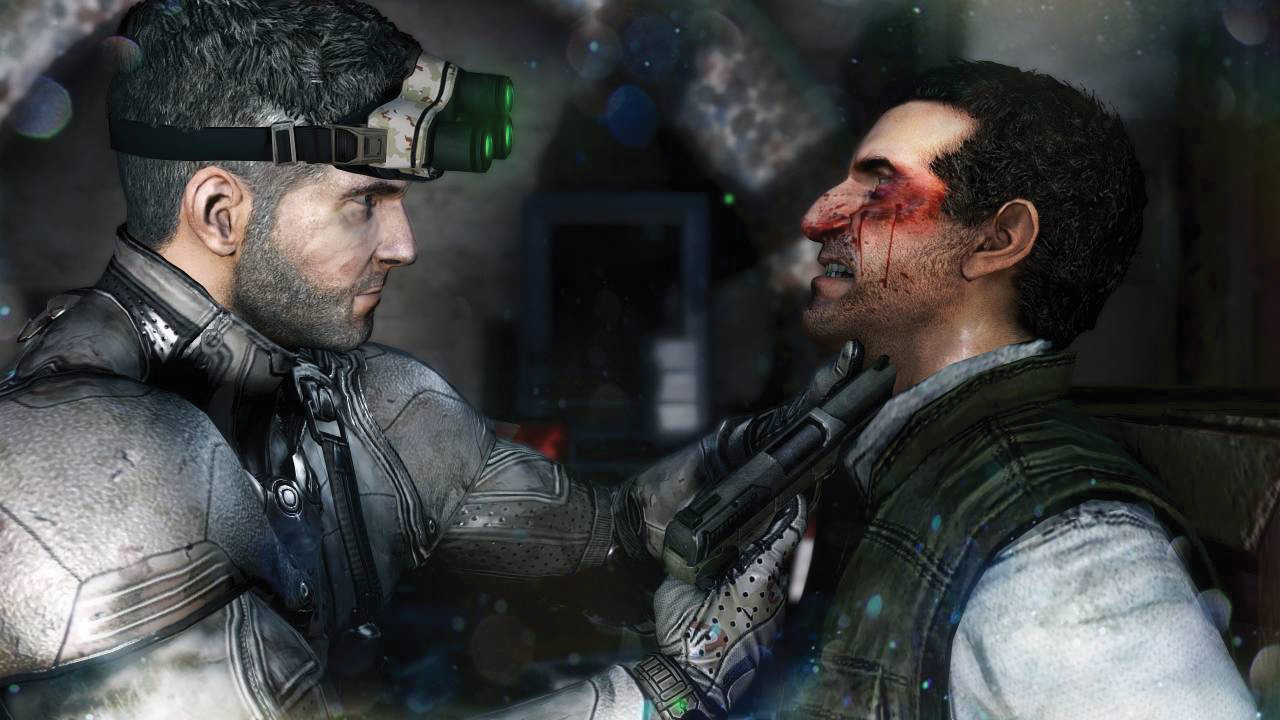
Sam Fisher leads the operation and gets his hands dirty in the process, but this isn’t the same Fisher we’ve come to know over the years. While he’s most certainly the protagonist, he seems more of an equal player in things, with some of his personal investment gone along with the commanding voice of actor Michael Ironside. Taking his place is Eric Johnson, who also performed actions for motion capture. That was precisely the reason Ubisoft cited for the change, as they wanted to take advantage of new performance capture technology this time around. It takes a bit of adjustment to get used to not hearing Ironside’s gravel-chewing lines, but Johnson is perfectly capable of taking on the role, and the transition eases as the action picks up.
That action is a much stronger focus in Blacklist than in previous entries, with attention placed on fluidly killing in motion. This eventually works and looks cool, but Blacklist definitely still has some awkward opening moments of stealth just like most other entries in the genre. Maybe it’s just me, but it always takes a little loosening up to get into the groove of being slick and taking enemies down with style and grace. Most levels have been designed to accommodate differing styles of play, though, and Blacklist is at its best when it offers up a more open playground to work Sam’s gadget-loaded magic.
A good way to gauge how successful a Splinter Cell game is at its stealth core is to see how stupid you can get away with being before you meet a gruesome end. In one of the previous entries, I recall lamely scaling outside windowsills like Spider-Man and picking off clueless enemies in rapid succession, or even rolling through offices dropping smoke grenades as I dashed past hired goons. Blacklist finds a nice balance and rarely kills the atmosphere through poor level design or enemy AI, though it’s far from flawless. That’s one reason the increased fluidity of combat makes things feel more natural, making way for a combination of pure stealth and knuckle-whitening action. Between on-the-fly executions and hand-to-hand takedowns, you don’t always need to know exactly what’s around that next corner if you’re in a rush.

Some missions end up being at odds with the otherwise fluid new mechanics and pacing. It’s nice to see the developers attempting to switch things up from time to time, but objectives like sniping from above to clear a path for Sam tend to bring things screeching to a halt. With such diverse locales and objectives, Blacklist didn’t really need any superfluous additions to spice things up.
One of the best things Blacklist brings back is Spies vs. Mercs mode, which was one of the most intense additions to 2004’s Pandora Tomorrow. The setup is simple: One group plays spies who attempt to hack terminals, while the other steps into the first-person perspective of the Mercs, who must protect said terminals from intruders. The swapping of perspective adds some great tension, as Mercs must rely on their handy flashlight as a motion detector beeps ominously, knowing a silent killer is lurking somewhere in the shadows. While there are other competitive modes, Spies vs. Mercs once again remains the king.
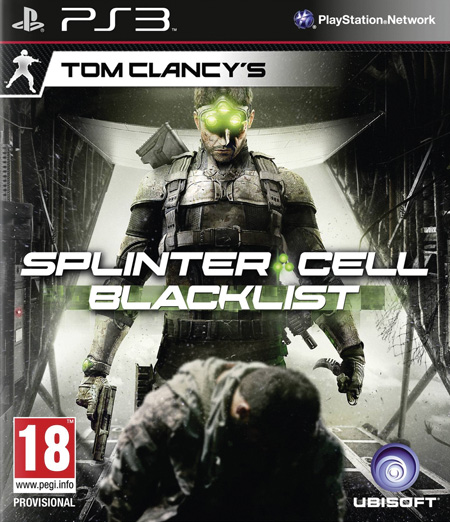
It’s kind of odd to say a stealth game hits its highest notes when played with a partner, but it’s true in the case of Blacklist. There’s something special about cooperatively creeping through the shadows, quietly taking out enemies, and having each other’s back when things get a little too hot. The only downside is it makes it a bit tougher to recommend to those who only plan on playing offline. With competitive and co-op multiplayer adding so much to the full package, it would be a shame to miss out on everything Blacklist has to offer.
Publisher: Ubisoft
Developer: Ubisoft Toronto
System(s): PC, Xbox 360, PS3, Wii U
Available: Now
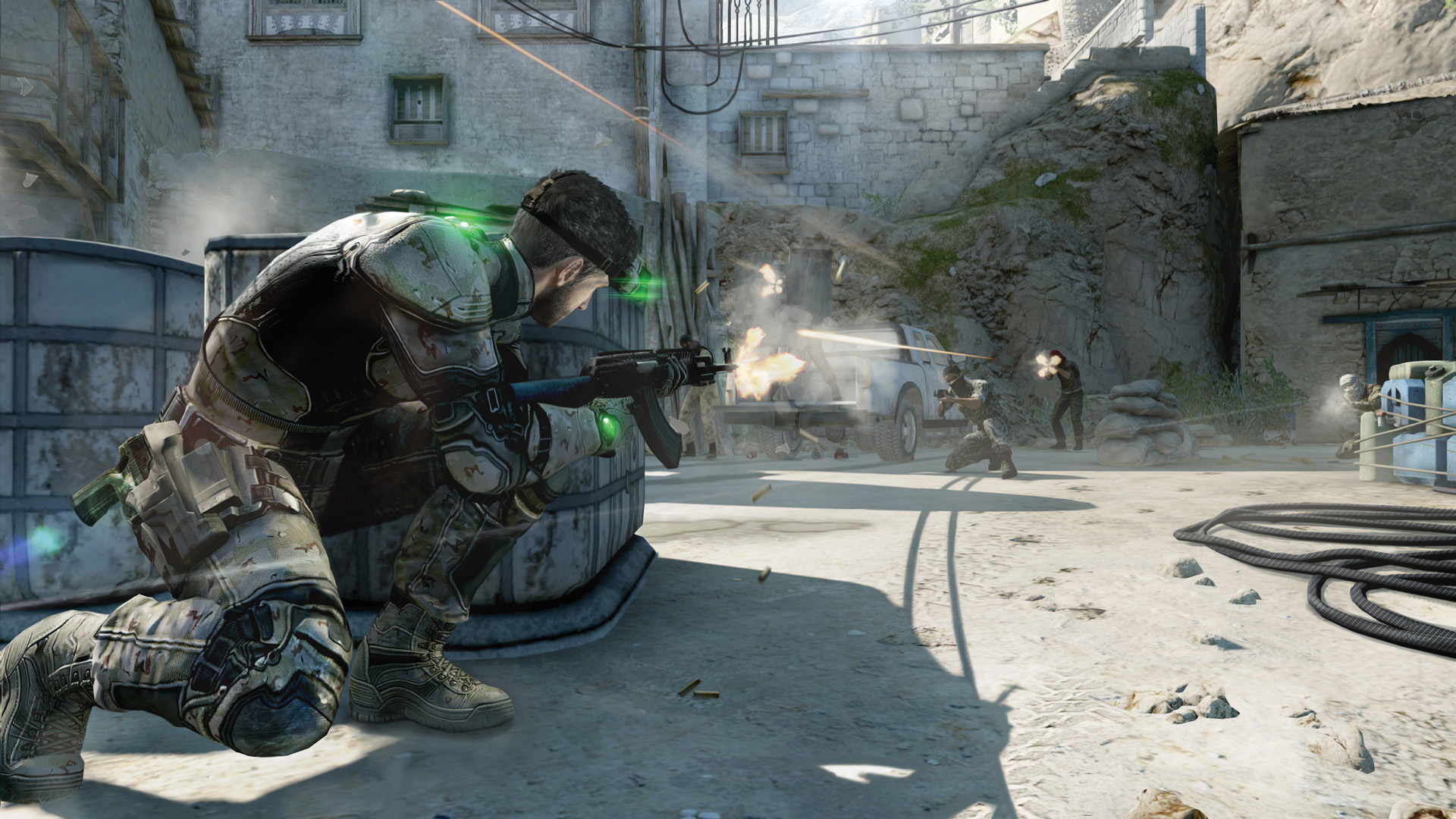

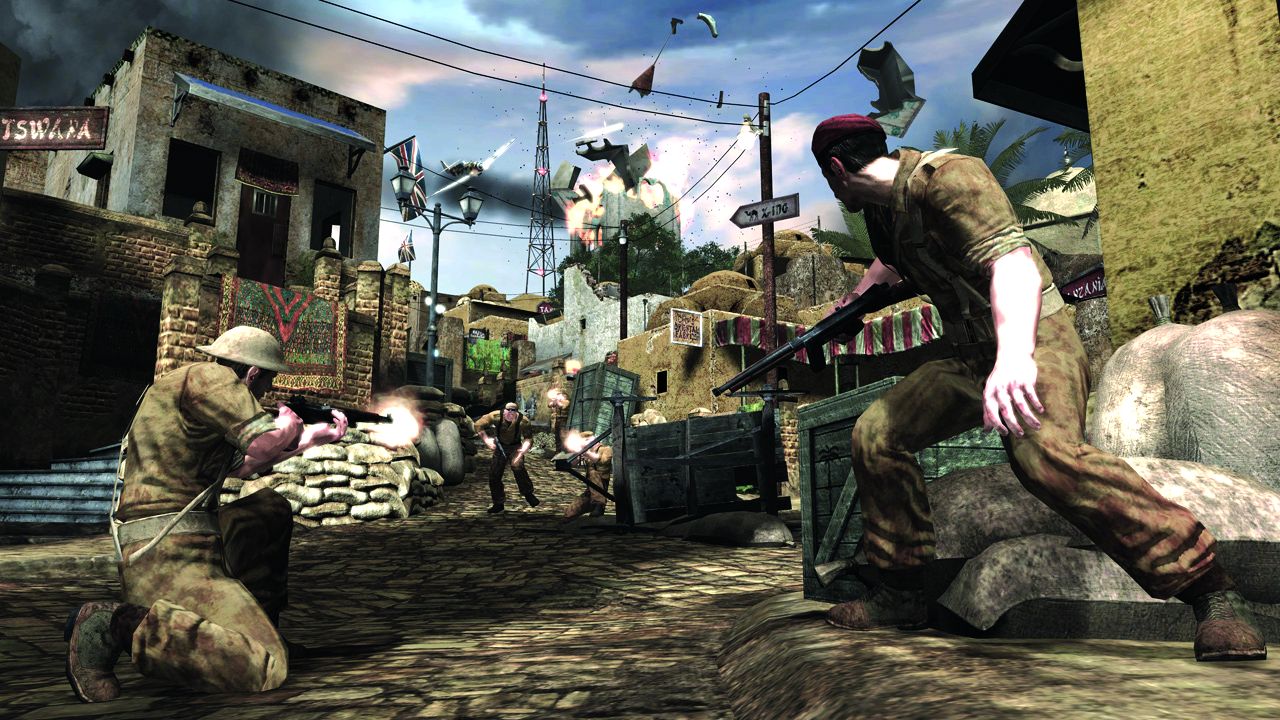

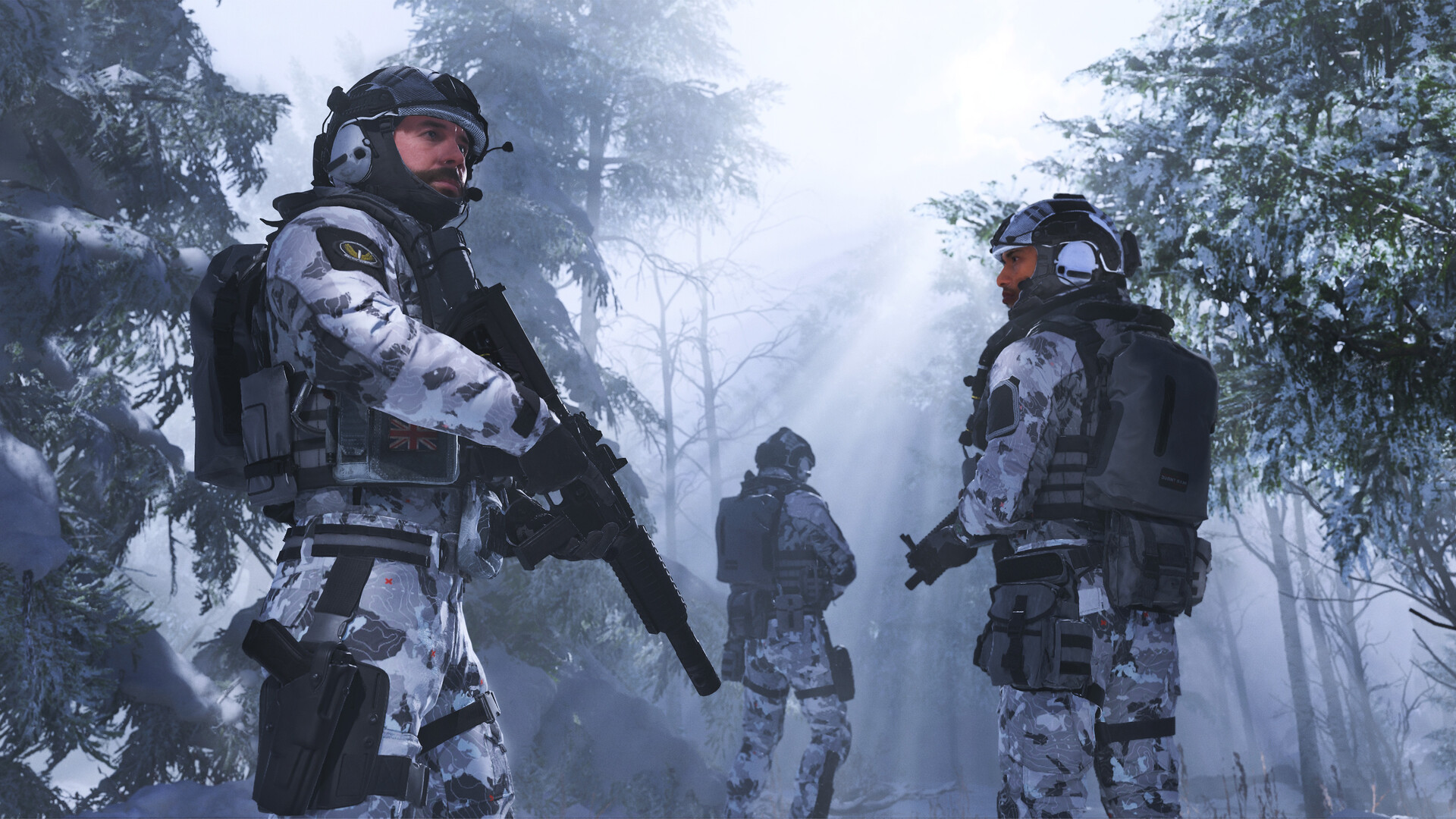




Join The Conversation
Comments
View All Comments